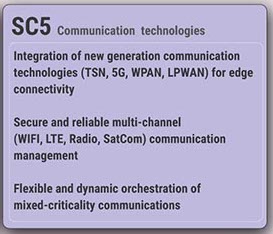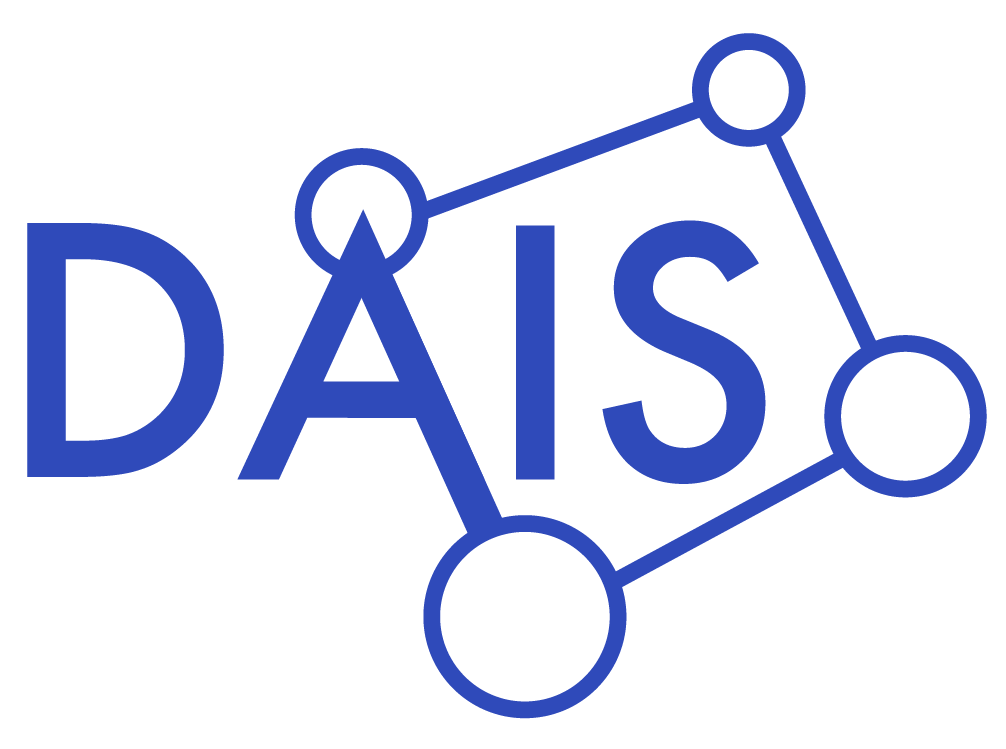Communication technologies
IoT networks are presented as a disruptive technology in the digitisation and connectivity of the consumer world, and have clearly demonstrated their advantages w.r.t. flexibility, interoperability and scalability. IoT is a key technology for the development of new concepts such as smart cities, smart buildings and smart industries. However, it presents strong limitations for its use in industrial type scenarios, where there are needs for real time and safety-critical solutions. The research community is focused on the development of new technologies and standards to improve robustness, latency, security and flexibility, being one of the main areas of work in the field of IIoT.
In this technology line, software-defined network concepts will be applied for the IoT-Edge network segment, so that network slices with guaranteed quality of service features can be used for industrial-type applications. To this end, we will develop solutions and technologies to enable a dynamic exploitation & optimization of network resources by means of centralized & potentially federated controllers, which provide greater capacity and precision as they are supported by Edge-fog-cloud architectures. This approach enables a real-time monitoring of infrastructure, clients, resources and needs, and offers a quick on-demand response to provide network slices. This enables the use of IoT for tasks with industrial requirements, exploits the physical infrastructure more efficiently to obtain statistical reuse, manages traffic prioritization more intelligently, and alleviates the traffic and computing needs for network management (such as routing algorithms) by moving it to a superior system (edge-fog-cloud).
But this is also key to its application to smart cities and smart building environments, where interoperability with multiple solutions and networks is key. The software reconfiguration of networks also improves the interoperability of QoS services between different types of networks, making the network transition between edge-fog-cloud more natural, and connecting more transparently with new communication technologies based on network slicing, such as 5G. We will also explore programmable features to provide resiliency, determinism and latency control as required by safety-critical applications.
One of the essential aspects for smart cities concept is to ensure available, reliable and resilient connection to the communicating nodes. To address this need for connected cars (but not only for them), we plan to utilize the system with multiple communication channels, including Wi-Fi, 4G/5G, radio and the satellite networks (SATCOM). Even though the satellite networks usually do not provide high data bandwidth and are expensive compared to LTE, they ensure global coverage. We will design and develop a system, which will use the satellite networks as a backup solution in case 4G/5G networks and other channels are not available. The system will automatically switch to SATCOM and then switch back, once other (cheaper) channels again become available.

Objectives:
1) Define the communication requirements and multi-level architectures to enable flexibility and dynamicity on network resource management, routing, optimization, and prioritization, supporting dynamic demands of communication and computing resources from Edge-IoT side.
2) Integrate and generate new technologies to enable the dynamic orchestration of IoT-Edge networks in critical environments to manage flexible traffic requirements.
3) Evaluation, adaptation and integration of new generation communication technologies (Wifi6, LWPAN, WPAN, …) to enable the connectivity of Edge devices.
4) Evaluation and adaptation of 5G and TSN technologies for the integration of deterministic communications in Edge-ML networks.
5) Demonstration of a flexible communication framework utilizing various satellite network services, for example Iridium Certus and others. The framework will provide both higher and lower data speeds ranging from 22 Kbps to 704 Kbp with variant power consumption to address different customer needs.
6) Development of capabilities for optimization of communication and workloads when nodes or clusters are running isolated (disconnected mode).
Results:
Architectures and new software communication components (technologies, algorithms, protocol stacks, tools and services) to enable a robust, real-time and safety-critical communication among Edge systems and upper layers, and for the intelligent and flexible management of network infrastructures and communication channels.
Partners:
ITI (Leader), NXPGE, ANYWI, 7SOLS, UGR, TST, ESC, RISE, BUT, Arctos, Tieto, KT, PDM, BEV
